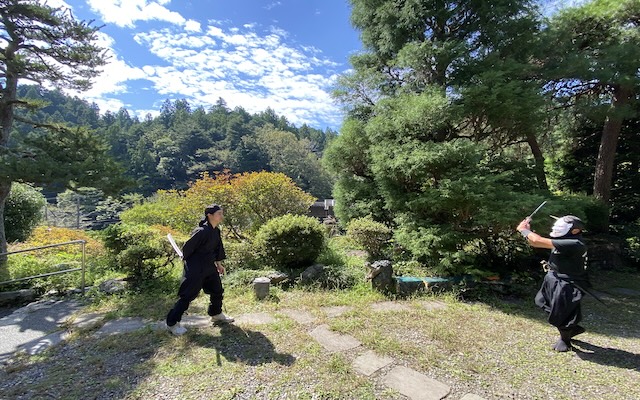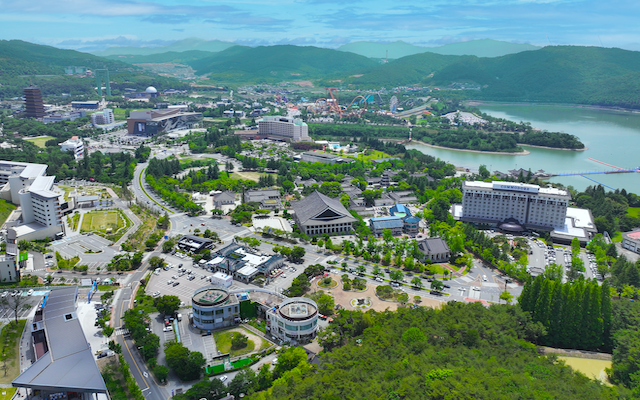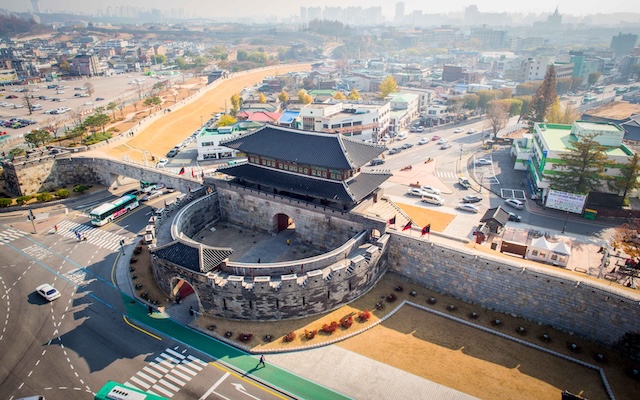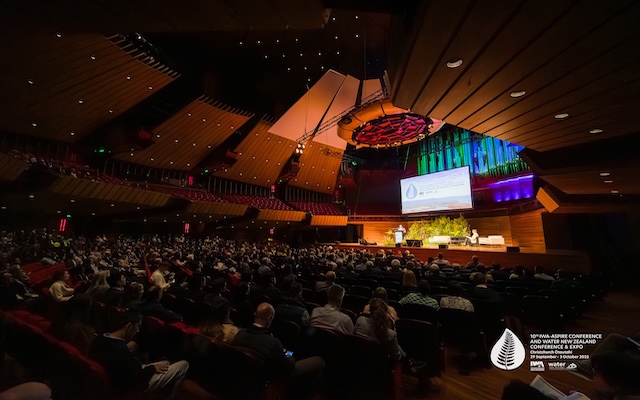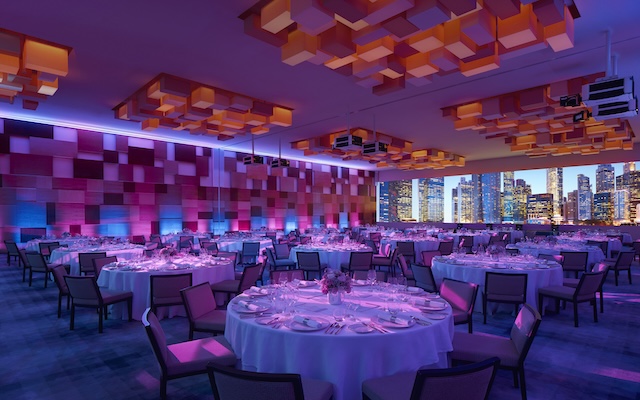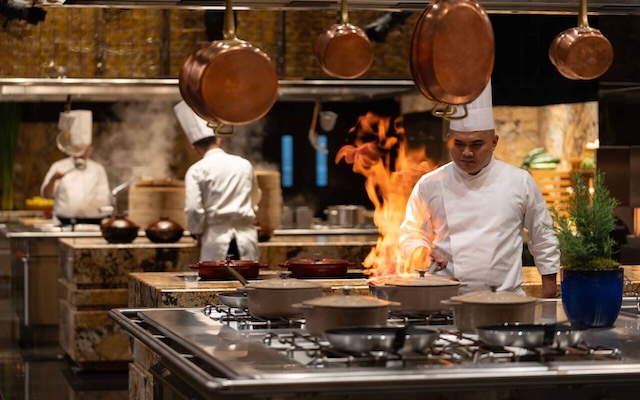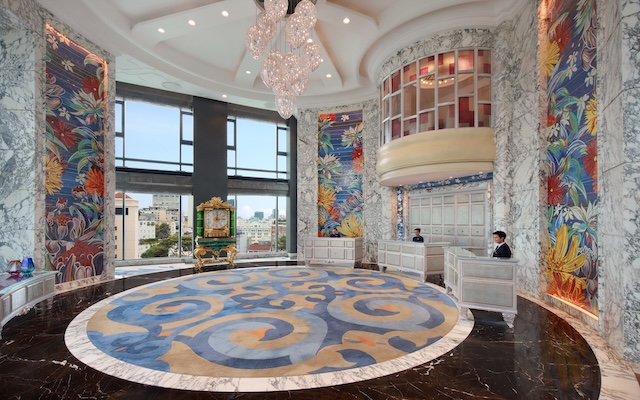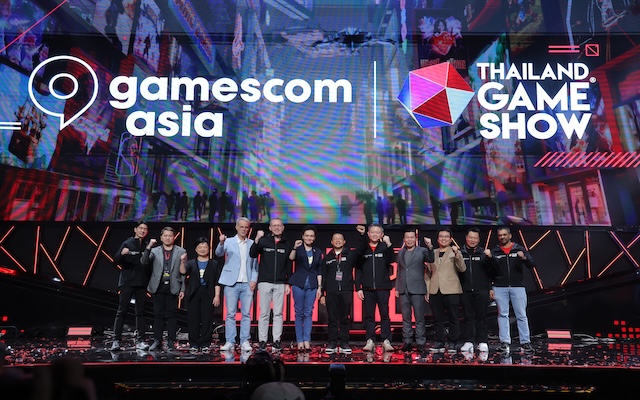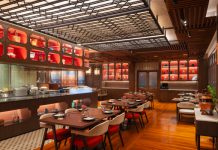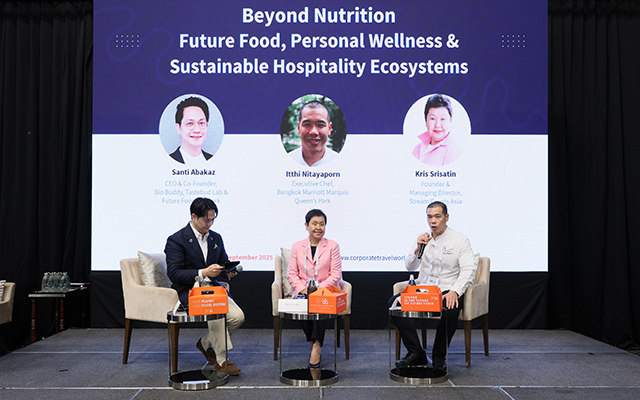
Food is no longer just a line item in event planning, and has evolved into a hyper-curated design tool that not only feeds delegates but also shapes experiences, supports health, and tells a sustainability story.
This shift was spotlighted at the Beyond Nutrition: Future Food, Personal Wellness & Sustainable Hospitality Ecosystems session hosted by Tastebud Lab during IT&CM Asia and CTW APAC 2025 last month.

For Kris Srisatin, founder and managing director of Stream Events Asia, designing food experiences begins with matching menus to activities.
“As an event organiser, I design the food according to the activities. If you have morning yoga on a rice barge cruising down the Chao Phraya River, the menu has to be healthy, light, and local,” she explained.
Delegates, she added, are more health-conscious than ever: “They don’t want heavy carbs or oily food. What we serve has to be designed not only for the experience, but also to impact their health.”
Increasingly, this means tapping into Thailand’s villages and provinces.
“These days, we are seeing increasing requests to the local communities because the key source of ingredients is local. It’s green, clean, organic – and that impacts health and wellness. It’s not just for the body, but also the mind,” she highlighted.
Bangkok Marriott Marquis Queen’s Park’s executive chef, Itthi Nitayaporn, shared similar observations: “Guests now want to know more – where the fish came from, how it was grown, and whether it has sustainable certification.”
His team is responding to clients’ wellness and sustainability requests around food with greater flexibility, offering plant-based menus, alternative proteins and lighter portions while maintaining authentic Thai flavours.
“It’s about being flexible, not strictly vegetarian,” he noted.
The hotel has also pioneered sustainability practices, from being one of the first hotels in Thailand to work with Scholars of Sustainability on food waste reduction to achieving zero landfill waste through creative repurposing initiatives like transforming leftover oyster shells into fire-proof paint for local schools.
Yet challenges remain.
“One of the biggest issues is waste. Guests expect buffets, which creates heavy surplus. At the same time, when we buy directly from fishermen or farmers, supply can be inconsistent. We need to plan menus around the season, stay flexible, and keep educating partners so they can grow with us,” Itthi explained.
Both speakers acknowledged that corporates remain cautious about hygiene when sourcing directly from communities. Convincing them requires proof of quality and consistency, alongside stories of social impact.
Stream Events Asia partners with the Thailand Convention and Exhibition Bureau, the Thailand Incentive and Convention Association, and the Designated Areas for Sustainable Tourism Administration to run training programmes. The goal of these programmes is to raise community standards in preparation, presentation, and hygiene to an international level.
Kris shared how her team worked on coffee breaks in Hua Hin using local desserts and fruits, while simultaneously training villagers in hygiene and presentation.
Despite the hurdles, both panellists believe Thailand has a chance to lead in this space.
“Our goal is to be more local as a hotel – to use more products directly from the community and share that story with clients so they know what they’re eating and who they are supporting,” said Itthi.
Kris agreed: “When clients understand that their spending supports children’s education and local livelihoods, it becomes part of the wellness journey.”
Looking ahead, she sees regenerative food ecosystems as Thailand’s competitive edge.
“Innovation in food design must also deliver exclusivity and meaning. It has to be something memorable – something people take home and remember as part of their journey into Thailand,” she concluded.



